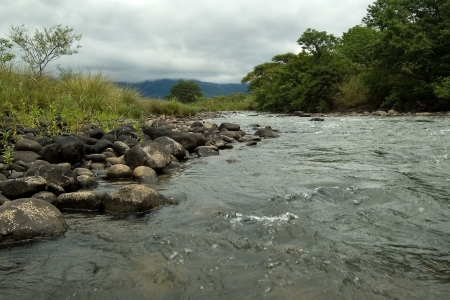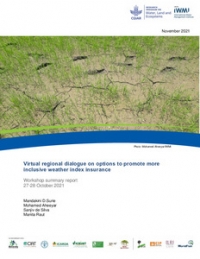The National Council of Electricity in Ecuador (CONELEC, from the name in Spanish) and the Information Systems for the Energy Sector (SISDAT, from the name in Spanish) show that the electric energy demand in Ecuador for 2013 was 17,069 GWh, which represents an increase of 220% compared to the demand observed in 1999. This increase in the energy demand in a relative short term is pushing the government towards the identification of new alternatives to augment the electric energy supply through different means. Several hydroelectric projects in the country are being planned or are already under construction as a way to respond to the increasing energy demands, and are considered a technological option that is more sustainable from financial and environment perspectives. However, according to CONELEC data, the electric energy supply system of Ecuador is increasingly reliant on hydroelectric plants that can potentially be affected by climate change. Consequently, investigating the vulnerability of hydropower production (that relies importantly on the provision of water-related ES such as stream flow regulation and sediment retention) to changes in future climate is a priority for the Ecuadorian government. Based on this, the Ecuadorian Ministry of Environment with the support of GIZ-Ecuador commissioned this project to assess the vulnerability of hydroelectric plants to plausible climate change and to propose adaptation measures in the watershed to ensure the sustainability of stream flows in the long term. The project activities include simulation of stream flows under current and likely future climatic conditions; estimation of costs that likely variations on stream flow due to climate change can impose to hydroelectric plants; and identification of potential of conservation measures in the watershed that can mitigate impacts of climate change on hydropower generation.
menu





/index.jpg?itok=EzuBHOXY&c=feafd7f5ab7d60c363652d23929d0aee)









